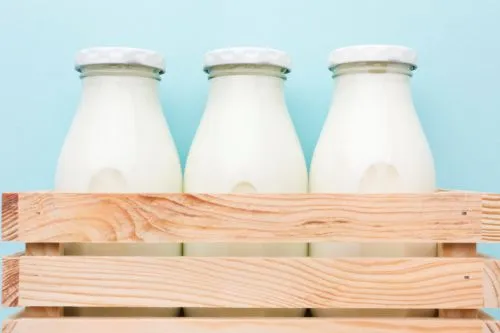
Agriculture and Rural Development Directorate-General (DG Agri) has recently released its report on meat production in the European Union for the first half of 2023. Here's a summary of the data.
Beef
Beef production in the EU saw a decline of 3.7% in Q1 2023, primarily due to a significant decrease in slaughter in Italy. Despite an increase in live exports (+5%), especially benefiting from the opening of the Turkish market, and to some extent from a declining movement in feed costs, gross domestic production is expected to decline by 1.8% in 2023.
At this point, normal weather conditions are still assumed during the summer. The lower beef supply continues to support EU beef producer prices, which were 5% below the peak in January.
This continues to negatively impact EU's competitiveness in external markets, as well as domestic consumption. With the high price level, the EU faces more competition on high-value markets, leading to a decline in EU exports, which is likely to persist for the rest of the year.
As a result, EU exports could decrease by 5% in 2023, contrary to previous expectations of relatively stable exports. The decline in EU consumption might be at a similar level to the earlier estimate, with beef consumption per capita in the EU estimated to be around 10 kg (-1.7% from last year).
To some extent, this could be due to reduced purchases by consumers due to inflation and, to a certain extent, a shift between retail and foodservice uses for some consumer categories (less price-sensitive).
Pork
In Q1 2023, EU pork production decreased by 7.7%, supporting high pork prices. In June, EU production prices are at a historically high level (+30% compared to June 2022, +21% since January 2023). Meanwhile, the EU sow population is decreasing.
Overall, a 5.5% decrease in EU pork production compared to the previous year is expected. Simultaneously, EU demand remains high, but with reduced supply, a decrease in EU consumption per capita is expected (-4.5%, at 30.4 kg), though smaller than anticipated in spring 2023 perspectives.
Apart from the reduced supply, consumer price considerations play an important role, potentially leading to reduced meat consumption or a switch to other types of meat. In particular, pork consumption is usually reduced in favor of poultry. EU exports continue to decline.
In the forecast, EU exports to China are expected to decrease further in 2023. At the same time, the EU is losing market shares both in high-value markets (e.g., the US and Australia) and low-value markets (e.g., the Philippines), due to stronger price-based competition. In general, EU exports have been revised downward for 2023 and could be 12% below last year.
Poultry
Despite the ongoing HPAI outbreaks (but smaller in number and impact compared to 2022), EU poultry production continues to demonstrate its potential for quick recovery. Therefore, the production estimate for 2023 has been slightly revised upward (+2.4%), not yet fully considering the potential impact of reduced feed and energy costs at this stage.
Similar to other meat types, EU producer prices have increased, albeit at a slower pace than pork (+6% in June compared to January), and even slightly decreased in June. Due to high prices, the EU loses some market shares in key export markets.
There are also some HPAI bans in place, especially in the case of non-recognition of EU regionalization. These factors are likely to lead to a decrease in EU poultry exports in 2023 (-3%). On the other hand, EU imports are increasing, especially from Brazil and Ukraine, but also Thailand.
This is likely to result in higher EU imports than previously expected in 2023 (+18%). Greater internal availability, both from EU production and imports, and smaller price fluctuations are expected to support EU per capita consumption growth in 2023, by almost 1 kg (about 4% year-on-year).
Sheep Meat
Despite the positive growth in EU production in spring, driven by an earlier calendar of traditional religious holidays, EU sheep meat production is expected to decline by 1.5% in 2023, due to the downward trend in EU stock.
Drought and the ongoing ovine variola outbreak in Spain are not considered due to their uncertain impact on production at this stage. EU sheep meat deliveries are negatively impacted by strong price competition and lower domestic production, which is likely to lead to a reduction in EU exports in 2023 (-5%), stronger than the estimated rate in spring 2023 perspectives.
Regarding EU imports, the price attractiveness in the EU market is likely to lead to an increase (+12%), especially from the UK and New Zealand, traditional suppliers.
Despite being the most expensive type of meat, EU sheep meat consumption is expected to suffer not as much from inflation pressures as other types of red meat, favored by its specific positioning in consumption baskets (religious, cultural). However, the increase in per capita consumption in the EU is expected to be quite modest (+1.4%).




